The Sound Effect That Links Judy Garland to ‘Star Wars’
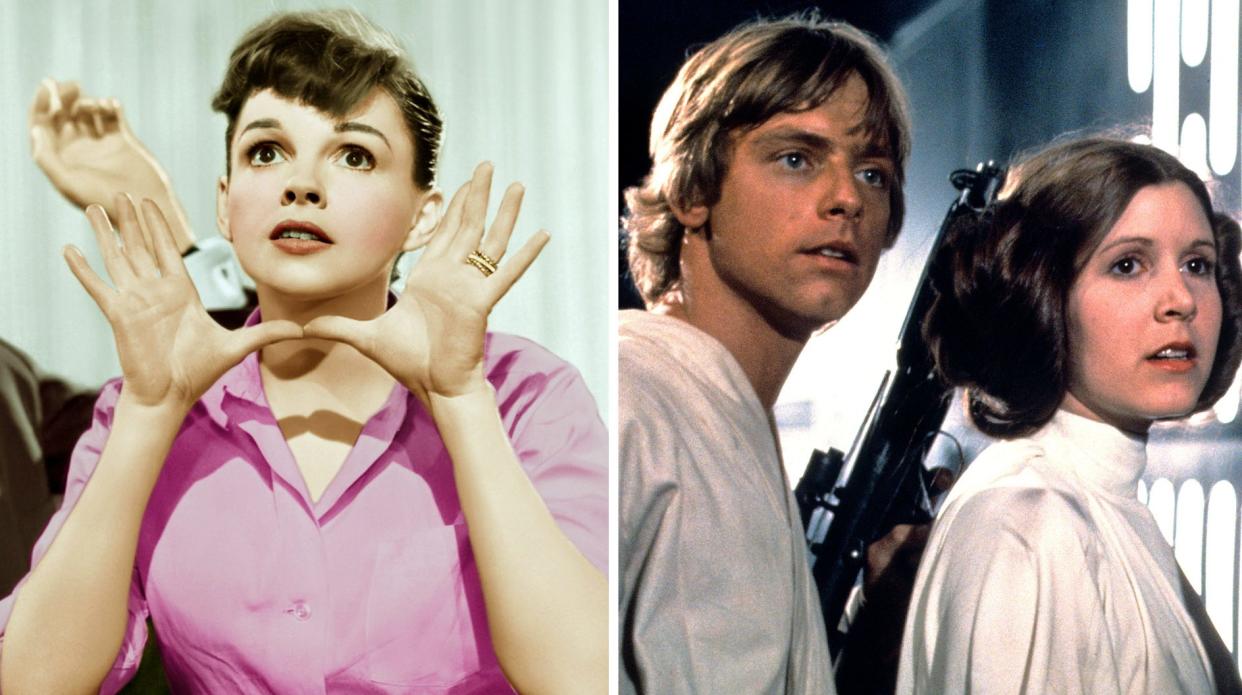
Hat. Whip. Nazis. Trains. CG de-aging. It’s interesting what it takes to bring Indiana Jones back to the ‘40s. It’s even more interesting what filmmaking language “Indiana Jones and the Dial of Destiny” employs to make us feel embedded in the era’s cinema of action and adventure: It wouldn’t be complete without a goon falling into the abyss to the accompaniment of the Wilhelm scream.
When audiences hear the Wilhelm scream in “Dial of Destiny,” it’s sound designer Gary Rydstrom doing a little time travel of his own: Back to the ‘70s and the creative exuberance of the Movie Brats, and even further still to the Westerns and serials that made heroes seem larger than life. The pained cry, sometimes attributed to actor/singer Sheb Wooley, almost has the quality of a bullet ricochet: You hear it and feel something at the intersection of cartoon comedy, horror-violence, and thrilling fun.
More from IndieWire
The Wilhelm scream has been around since Raoul Walsh’s 1951 film “Distant Drums,” a Gary Cooper Western for Warner Brothers that includes an interlude in Florida, during which a frontiersman screams as he is eaten by an alligator. After that, the unique-sounding scream stuck around Warner Brothers’ sound department, one of the few not shuttered in the aftermath of the Paramount decision, the 1948 Supreme Court case that began the breakup of the major Hollywood studios of the day. Claims about the “discovery” and “rediscovery” of the original scream fly around from time to time, but wherever the master recording is, it has little to do with how the scream has popped up over the last 70 years, becoming a marker of affection in everything from “Spaceballs” to “The Lord of the Rings: The Two Towers” to “Toy Story.”
The story of how the Wilhelm scream became a signature for a clique of sound designers and a secret handshake for a kind of nostalgic moviegoing spirit is the story of how sound itself has evolved on film.
The common practice in the years leading up to “Distant Drums” was to record sound photographically on what are called optical soundtracks, a kind of transparent film stock. According to film sound scholar and visiting assistant professor of Media Studies at Ursinus College Eric Dienstfrey, the process was expensive and cumbersome and forced sound effects to be one of the last things added to a movie as it was edited. But it also might be why the Wilhelm scream stuck around.
“Optical tracks, being photographs, took time to develop, and often the development rooms are in different places than the actual sound stages,” Dienstfrey told IndieWire. “You couldn’t immediately hear what you had recorded. You had to wait several hours for [the tracks] to be processed; in some cases, you would wait until the next day. Also it was expensive: if you recorded a track you didn’t like, you couldn’t erase it and try again. [Today,] with digital editing, you can just click ‘undo.’”
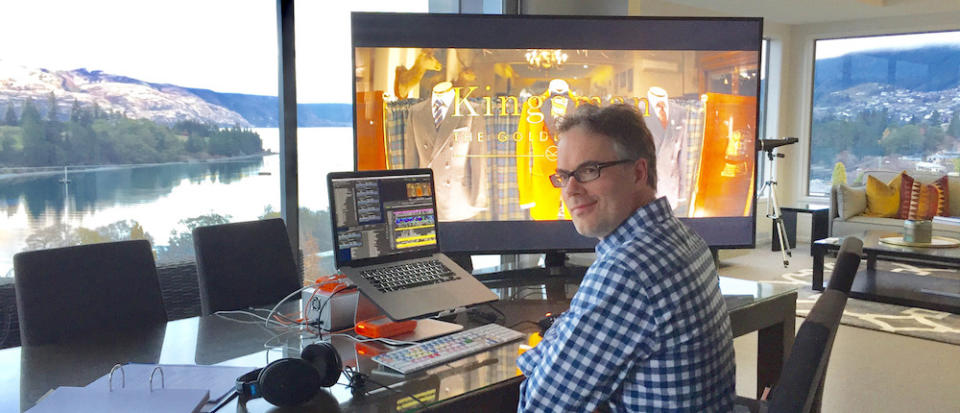
The ‘50s saw the beginning of the transition to less expensive and more portable magnetic tape — although as Dienstfrey points out, the word “portable” in the ‘50s meant something closer to a 40-pound briefcase than the supercomputing phones that live in our pockets. Magnetic opened up more experimentation with sound effects and the ability to run tape longer and write over it, especially at a low-cost sound studio like Warner Brothers. “Warner’s reused all of their magnetic tape regularly. After collecting a batch of sound effects for a movie, they would make duplicates of the sound effects that they liked, and then reuse the rolls of tape [on other projects] until the rolls gave out,” Dienstfrey said.
Recordings of the Wilhelm scream — including alternate takes and variations — recently surfaced in the collection of Sunset Editorial, a post-production sound editing company operating from the ’60s through the ’80s that folded and donated its collection of sound effects to USC. CBS produced (but then subsequently took down) a video reporting that the collection’s version of the scream is the original recording, but the fact that alternate takes were included actually suggests to Dienstfrey that the original was likely recorded on an optical track; otherwise, the alt takes would have most likely been reused and lost to time. The image of the “lost” Wilhelm scream recordings is even described as “light optical noise.”
While it’s entirely possible a magnetic duplicate of the master eventually found its way into an independent post house, Dienstfrey thinks that “finding” the original master is a little bit of a fool’s errand. “This happens a lot when going into archives. There’s this desire to say, ‘I discovered something,’ as if the actual archivists don’t exist. It’s like Columbus discovering America. From his point of view, he discovered something he did not know existed, but other people definitely already knew it was there,” Dienstfrey said.
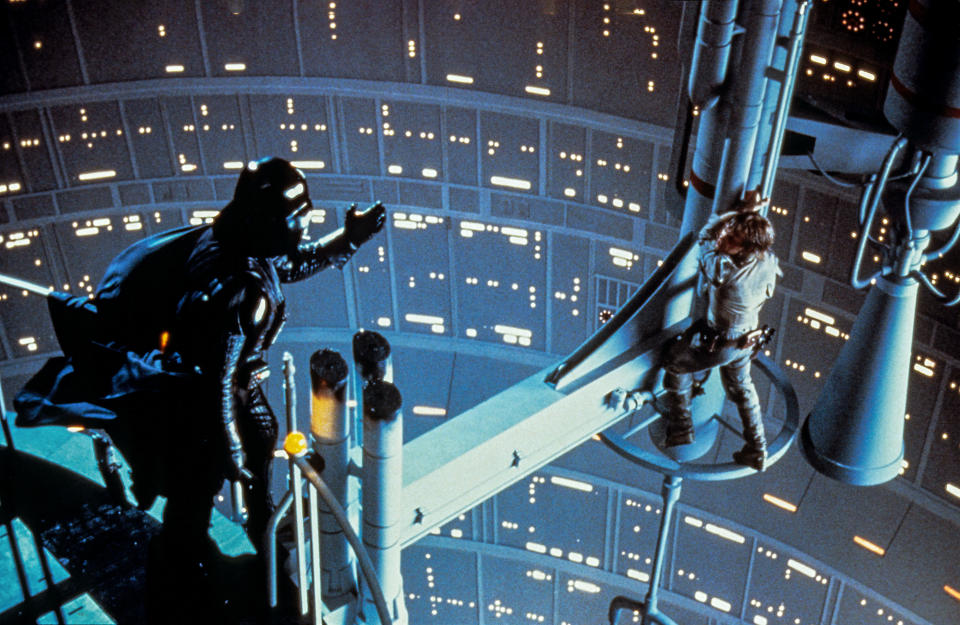
One of the experts on the Wilhelm scream is Steve Lee, longtime sound archivist and the lead organizer of the push for a Hollywood Sound Museum. Going to movies as a kid, Lee keyed in on sounds that popped up again and again in movies, including but not limited to the scream.
“I learned that [certain sounds] were indigenous to particular studios. Each studio had its own library of signature sounds that they would use over and over. Warner Brothers was always my favorite, because they had these great arrows that would zing as they flew through the air, which were recorded for ‘The Adventures of Robin Hood.’ They had great gunfire and they had that scream, which was one of those sounds that I just started noticing in all these old films,” Lee told IndieWire. “I remember it popping up in different shows, but then when I heard it in “Star Wars,” it was like, OK, somebody knows what he’s doing. Somebody is very deliberately using this wonderful scream from way back when.”
That somebody was “Star Wars” sound designer Ben Burtt, who, according to Lee, had been playing around with sound effects as a way to evoke a certain kind of adventurous spirit since his student film days. Burtt and fellow sound designer Richard Anderson would find clear uses of signature sound effects from film prints and repurpose them into their own work. Lee himself found an unexpected place to hear the Wilhelm scream in all its glory.
“The scream is actually in the Warner Brothers Judy Garland remake of ‘A Star Is Born,’” Lee said. Technically, the scream is part of a movie-within-the-movie, as Judy Garland gets introduced to studio brass while they’re screening the actual Warner Brothers’ 1953 Western “The Charge At Feather River.” Then it comes up again, completely isolated and in the clear as Garland’s rehearsing, playing on a record she’s using (which shows just how often Warner Brothers reused things). So Judy Garland, confronted and interrupted by the Wilhelm scream: It really happens. And it’s really funny.
The key turn in the Wilhelm scream becoming more than just an expedient sound effect is that sound designers like Burtt talked about it to Lee’s generation, and then Lee wrote about it (and snuck it into a bunch of ‘90s films he worked on) for the generation of movie lovers who grew up with the internet. “[I read an interview] in the magazine Cinefantastique — there was a really in-depth interview with all the crew, all the craftspeople on ‘Star Wars,’ and a really in-depth interview with [Burtt], where he even mentioned the scream and talked about its earlier usage,” Lee said.
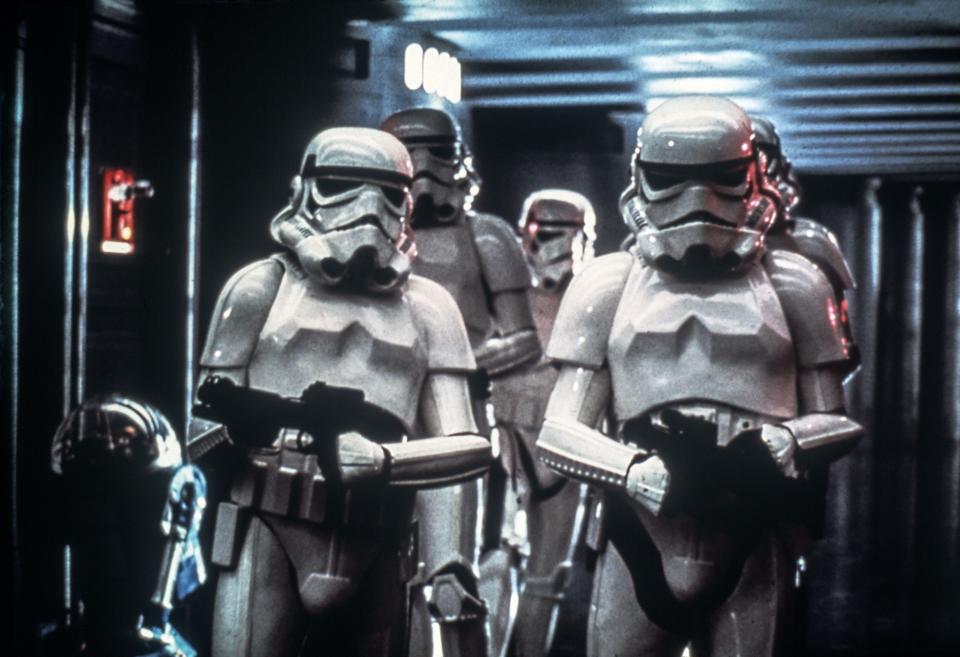
Lee’s and others’ writing in the ‘90s and ‘00s spotlighted the Wilhelm scream as internet movie fandom was being born. As the scream popped up in animated features like “Toy Story,” it became a deliberate throwback and a wink to increasingly knowledgeable audiences, in addition to individual designers’ hidden signatures. It became an expectation in things like “Indiana Jones” and “Star Wars,” which still uses the Wilhelm scream in everything from “Lego Star Wars” to “Andor.”
But that’s meant the sound designers of the ‘70s who brought the Wilhelm scream into their blockbusters have distanced themselves. “It’s like Hitchcock’s cameos in his films. [As time went on], he had to start putting them very early in the film because he didn’t want people waiting for it, you know?” Lee said.
With Burtt himself, Lee said that he asked forgiveness for blowing up his cameo and Burtt gave him a joking warning. “He said, ‘I’ve kind of stopped using it. I’m using this other sound effect now, and if you ever write about that, I will kill you,’” Lee said.
That the Wilhelm scream has become a meme unto itself separates it from the rest of what Burtt and his colleagues were up to in the ‘70s and ‘80s, according to Randy Thom, director of sound design at Skywalker Sound. Thom came into sound design under Walter Murch, and the first film he worked on was “Apocalypse Now.” On that film, and films like it, the real work of sound teams was in finding new and innovative ways to do what great sound films have been able to do since Fritz Lang’s “M” — to use sound to lead and mislead the audience, and to create an emotional reaction either way.
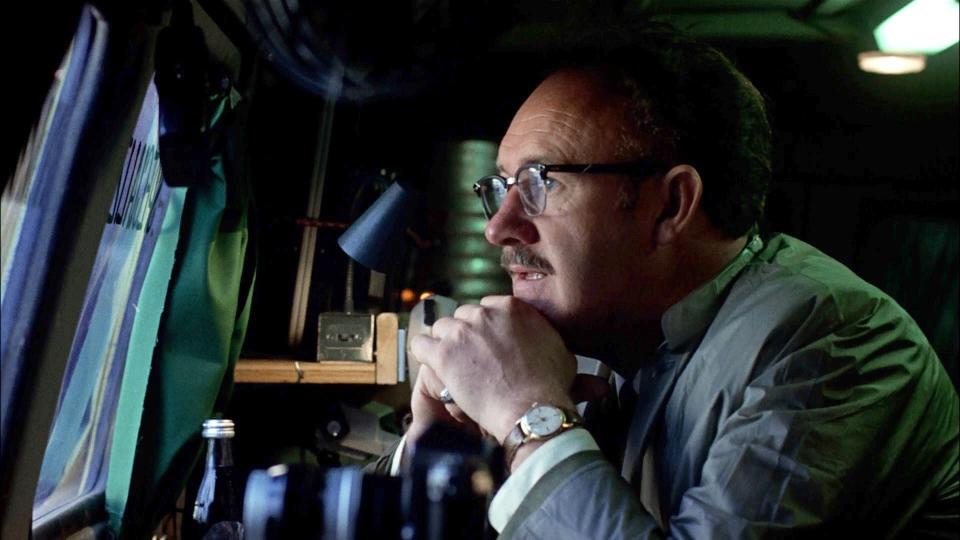
“We as humans are far less analytical about sound, I think, than we are visual images. The cliche is that sound sneaks in the side door to the brain. And I think there’s some truth in that,” Thom told IndieWire. “Our ears seem to have a direct channel to our emotions. And so sound is a great place for the puppeteer to stand and hide.”
Murch, Burtt, and their contemporaries, far more than being famous for bringing the Wilhelm scream into the mainstream, ought to be celebrated for the way they raised awareness of how emotionally sound can be employed in films, something that Thom credits to sound entering the filmmaking process much earlier in the post-studio era.
“It was typical for the sound editors not to even be hired until about three months before the film was going to be released. And so an army of these people would come in and madly pull together sounds; there wasn’t usually even enough time to play those sounds for the director, and the attitude of the sound editor was that everything the film editor and the director have put together up until now as temp sound is crap. It’s our job to do the right stuff, do it the way it should be done,” Thom said. But that attitude tended to lead to disastrous final mix sessions, where the director could get ambushed with a lot of sound they’d end up hating.
“The kind of misinterpretation of the word ‘sound designer’ that too much of Hollywood latched onto is that the sound designer is the geek who we hire to make the spaceship sounds. And so that’s really unfortunate because it’s not the grand vision that Walter or Ben had in the beginning,” Thom said.
“Every decision you make with a camera and with a microphone is in a way an editorial decision. You decide what to put in and what to leave out. It’s not random. It’s not real life. It’s storytelling.” For better and worse, though, the Wilhelm scream broke out as a storytelling tool to become a story unto itself.
Best of IndieWire
Sign up for Indiewire's Newsletter. For the latest news, follow us on Facebook, Twitter, and Instagram.
Solve the daily Crossword

